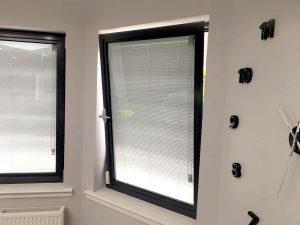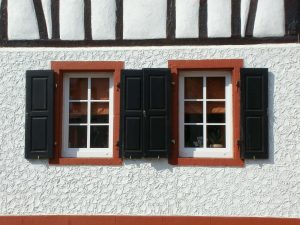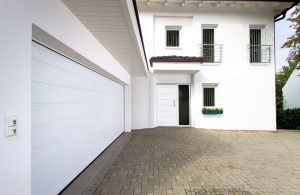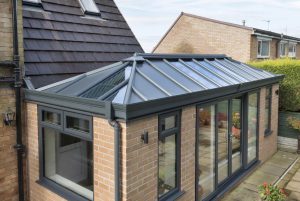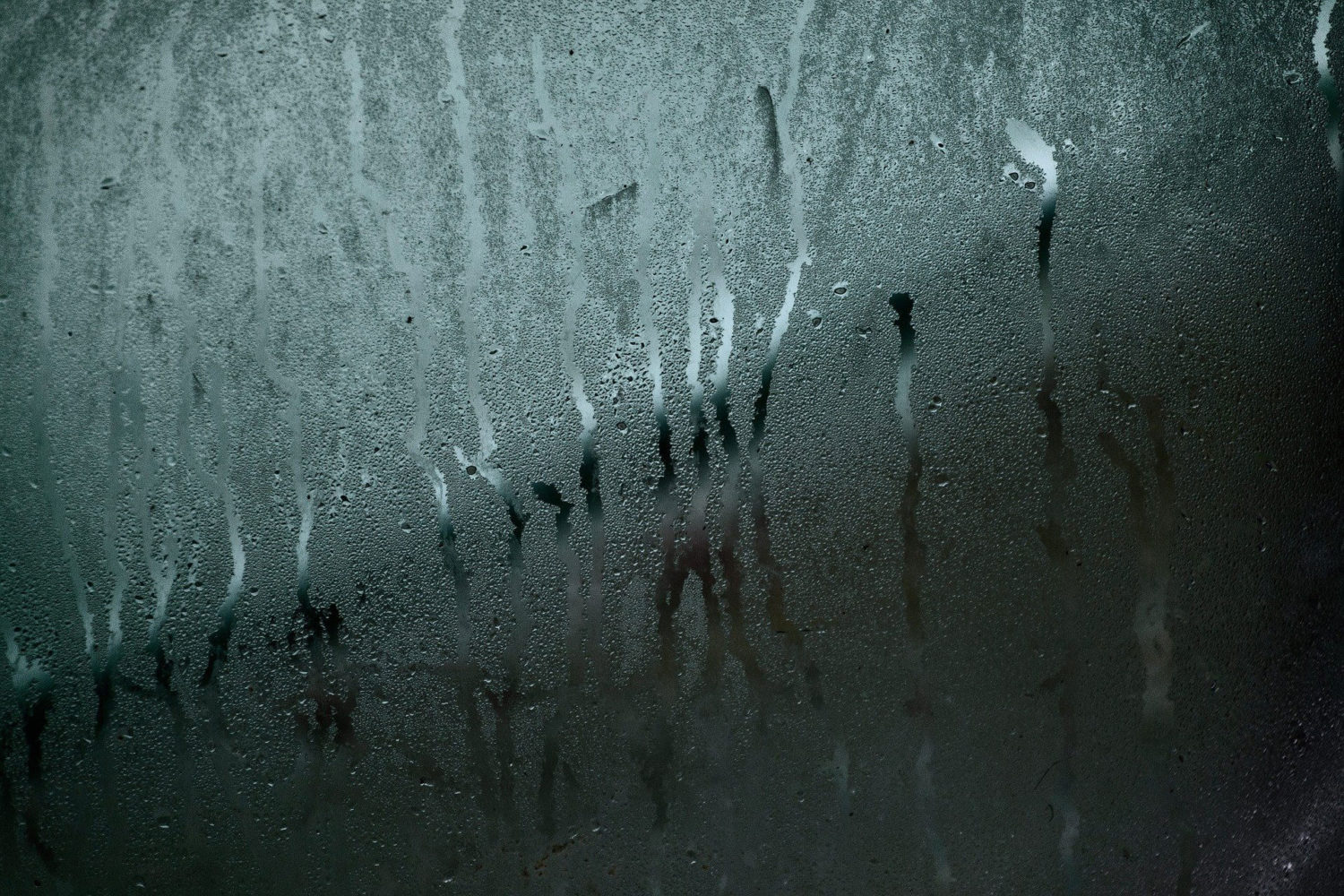There’s no worse feeling than waking up and noticing that your windows and doors are covered in condensation. Unless you have time to wipe your double glazing dry or you are lucky enough to have a small vacuum, this can be an overwhelming task. But why do you have condensation, even though you’ve invested in double glazing? That’s why the SRJ team has put together a few tips on this helpful guide. Read below to learn more.
What Is Condensation?
Condensation is the water created from the conversion of water vapour into liquid in the atmosphere. The air that surrounds us in our homes always contains water vapour, which is usually invisible to the naked eye. The warmer the air, the more water vapour it can hold, but there is a limit to the amount the air can have for a given temperature.
When the limit is reached, the air is saturated. When this saturated air comes into contact with the surface, which is at a lower temperature than itself, the air is chilled at the point of contact. It sheds its surplus water vapour onto that surface in the form of a mist, and if excessive, droplets of moisture will form. This is why, on a cold morning, you might find that you wake up with condensation on the windows and doors within your home. Bathrooms, kitchens and other areas where humidity levels are particularly susceptible to this issue.
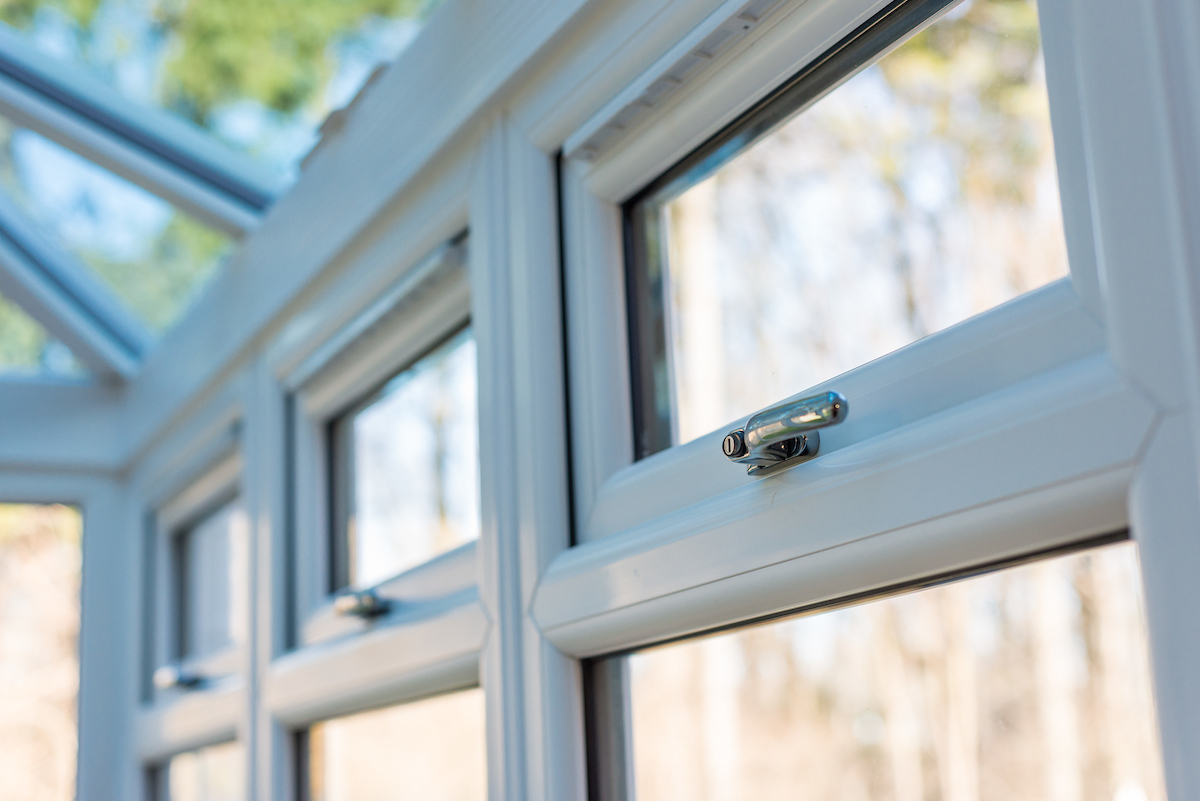
Outside Condensation
Outside condensation is formed when the outside surface of the glass drops below the outdoor dew point temperature. Homeowners that have invested in brand new double glazing may find that their windows are prone to outside condensation. This is because the units are made with low emissivity glass, which has enhanced thermal insulation properties. As a result, the outer pane of glass does not get warmed by heat escaping from the inside of the Fife property, meaning the glass remains cooler compared to less energy efficient windows.
External condensation can occur in certain climatic conditions with high humidity levels and particularly cold weather. When this happens, it is possible that external condensation can appear on some windows but not others. This is due to the localised atmospheric conditions, such as shelter from nearby trees or buildings, variable air currents and wind speeds, and varying levels of nearby vegetation. Condensation on the outside of a brand new window is in no way an indication of a defective unit; instead, it highlights that the double glazing is actively reducing heat loss through the glass.
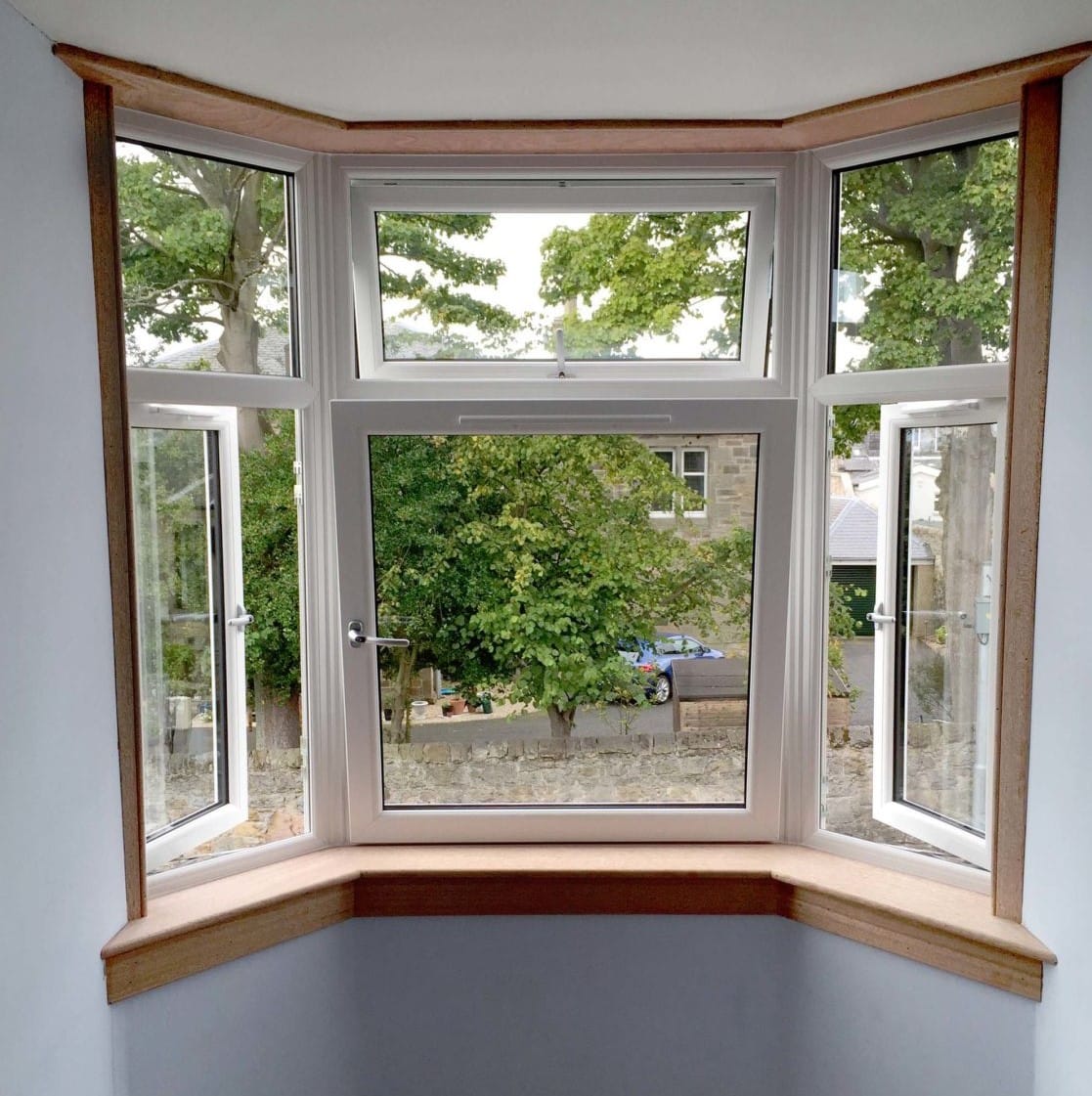
How to Prevent Condensation in Double Glazing?
The way you can prevent condensation is simple. Increasing the ventilation in these areas will help control condensation for at least 20 minutes a day can change the air within your home, reducing the moisture content. Don’t leave your windows open at night in the cold weather, instead choosing to shut windows and doors up and close the vents. This gives the internal part of your double glazing a chance to heat up and reduces the change of moisture in the air hitting a cold surface and turning into condensation.
The use of central heating in cold weather can also have an effect, and in cold weather, it is useful to put your central heating on at regular intervals. This will help to combat the internal condensation of your double glazing. Investing in new double glazing products means you will not be left carrying out regular high maintenance tasks.
Our new double glazing products will require a clean throughout the year, using warm soapy water to the frame, glass cleaner to the glass. We recommend oiling all moving locking parts and hinges twice a year.

Want to Improve Your Home?
If you’d like to prevent condensation within your home with our double glazing products, don’t hesitate to get in touch. You can call our team on 01383 851 951 or fill out our online contact form and we’ll reach out to you.
For those who have a specific double glazing product in mind for their property, start an online quote. Simply enter a few details and we’ll send over a bespoke estimate.
Or you can book a visit to our showroom. Not only will you be able to see our excellent product range face-to-face but you’ll be able to discuss them with our friendly team.
Categories: Help & Advice


